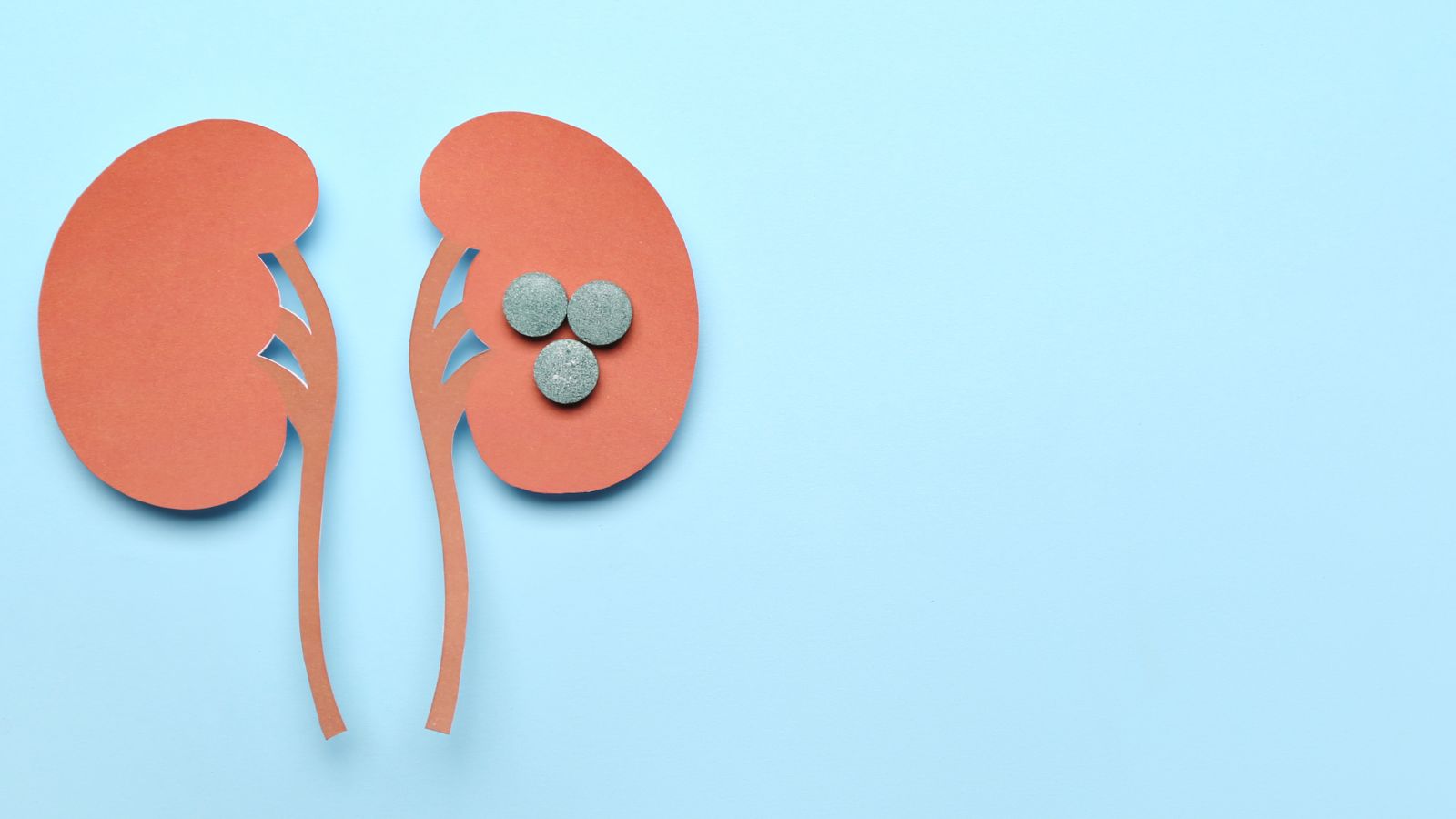
Extra Corporeal Shock Wave Lithotripsy or ESWL is a minimally invasive treatment opted for certain types of kidney stones and stones developing in other parts of the urinary system. The word lithotripsy is derived from the roots litho- (meaning stone) and tripsy- (meaning to crush). This treatment plan entails fragmentation of stone or stones into smaller particles so that they can be cleared through the urinary system.
Types of Lithotripsy
There are several methods of lithotripsy:
Extracorporeal Shock Wave Lithotripsy (ESWL)
- Process: ESWL applies shock waves from outside the body aimed at fragmenting the stone into smaller pieces. These shock waves are then reflected on the stone using imaging that could e. g. be ultrasound or X-ray images.
- Procedure: This one is non-invasive, the patient’s position entails being on a table or lying in a water bath while the shock waves are administered from outside the body to target the stone. The procedure usually takes between 45 minutes to 1 hour.
- Recovery: The small stone particles are expelled through the urinary system in several days or weeks after the procedure is done. Some discomfort might be felt by the patients when the fragments are passing through the body.
- Indications: ESWL is used mainly in the management of stones located in the kidney or the upper part of the ureter and preferably in stones with a diameter of not more than 2 centimeters. To get this surgery visit your best Urologist in Lahore.
Laser Lithotripsy (Endoscopic Lithotripsy):
- Process: This technique employs the use of a laser fiber which is passed through an endoscope which is a thin, flexible tube with camera allowing for visualization of the stone and fragmentation.
- Procedure: It is a flexible tube which essentially enters through the urethra, then the bladder or right up to the ureter or kidney. Once the Stone is found the laser is then utilized in order to fracture the Stone into smaller fragments.
- Recovery: Most of the time, patients spend one or two days in the hospital. Recovery is fairly fast and patients experience little discomfort during the course of the treatment.
- Indications: Laser lithotripsy is applied to the lower ureter stones and used while ESWL is not advised.
Indications for Lithotripsy
Lithotripsy is indicated for patients with urinary stones that are:
- Causing significant pain or discomfort.
- Obstructing the flow of urine.
- Leading to recurrent urinary tract infections.
- Not passing on their own despite conservative treatment
Procedure:
Pre-Procedure Evaluation: Diagnostic imaging such as X-ray, Computerised Tomography or Ultrasound scan is employed to identify the position of the stone and its magnitude.
Instructions: The patient is often informed that he or she should not eat or drink before a period, before the procedure.
Aftercare:
- Monitoring: There is very close observation of patients for few hours after the procedure in order to check for any adverse reactions.
- Pain Management: Analgesics could be recommended in case of pain as fragments of the stones pass through the kidneys.
- Hydration: Taking massive water and other fluids enhances the elimination of the rest of the stone fragments from the body.
- Follow-Up: Which will include follow up imaging to ensure that the stone has been eradicated from the body completely.
Lithotripsy is considered one of the widely used treatment options for urinary stones which can be a better way than the surgical approach. Both its success and the right kind of lithotripsy to be used in the procedure depend on the size, location, and the composition of the stone. For more information refer to a best Urologist in Karachi.
